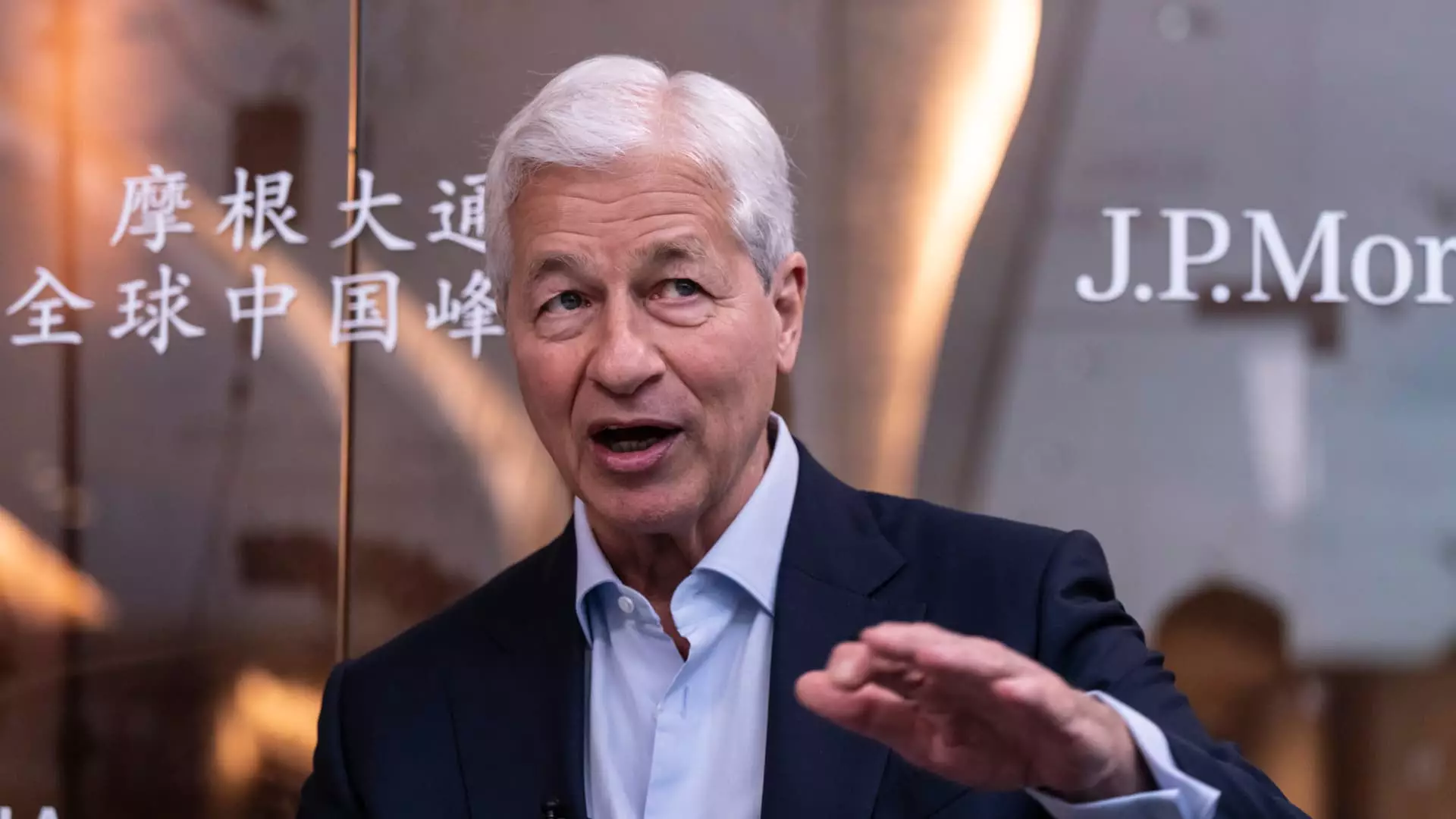In an ambitious strategy to redefine its digital investing platform, JPMorgan Chase, historically an outdated player in online investment, is aggressively positioning itself as a major competitor. The impending launch of new features that facilitate the purchasing and researching of bonds and brokered CDs via its mobile applications marks a distinct shift in its operational ethos. This initiative seems less about adopting temporary trends and more about committing to a definitive, longitudinal strategy to resonate with the modern investor, perhaps even setting the stage for a potential paradigm shift in finance.
Streamlined Solutions for the Modern Investor
The essence of JPMorgan’s new tools is simplicity. Paul Vienick, the head of online investing, elucidates the intention behind this innovative leap: to create an effortlessly navigable experience. Simplifying the complex world of fixed-income purchases, akin to buying stocks and ETFs, aims to translate the often-unfriendly terrain of bonds into an accessible format for even the most novice of investors. This is a refreshing perspective in an age where financial jargon can feel insurmountable to those unfamiliar with it.
However, despite this commendable pivot, are we veering towards a world where simplicity oversimplifies? In seeking to cater to a wider audience, there’s always a risk of diluting the intricate nuances that seasoned investors relish. There’s a fine line between accessibility and a frustrating lack of depth; a balance that JPMorgan needs to tread carefully as it expands its reach into this sphere.
Competitive Landscape: A Giant Awakens
Despite possessing the leverage of being the largest U.S. bank by assets, JPMorgan must confront the reality of its smaller footprint in the digital brokerage realm compared to incumbents like Schwab and Fidelity. The road to transforming its reputation from bystander to battlefield contender is fraught with challenges. The struggle becomes evident when one considers that while the bank has recently reported managing over $100 billion in assets, that number still lags in comparison to the multi-decade giants already firmly established in the online investing sphere.
By restructuring its online investing strategy, JPMorgan is attempting not just to join the chase but to lead it. The bank’s historical reluctance to embrace the self-directed investor market is being replaced by a sense of urgency. The stark reality is that traditional wealth management is rapidly evolving: clients are increasingly empowered to conduct their own research and engage actively in their investments instead of relying solely on the advice of financial advisors.
A Candid Reflection on Past Blunders
Looking back, JPMorgan’s foray into the self-directed investing market was lackluster. The ill-fated “You Invest” brand and its eventual dissolution highlight the struggles of brands to connect authentically with clientele. Even CEO Jamie Dimon’s frank assessment—admitting that the offering did not measure up—demonstrates a refreshing transparency. Such honesty, while jarring, also signals a commitment to push forward and evolve.
Recruiting Vienick, with his rich background in the investment sector, reflects a strategic shift; the acknowledgment of their previous shortcomings is a cognitive shift in corporate mentality. It’s not merely enough to catch up, but rather to innovate and outpace competitors. The stakes are high, and the pressure is mounting for JPMorgan to establish its credibility in a space that increasingly favors speed, efficiency, and engagement.
Bringing Investors Together: The Wallet Consolidation Approach
In its bid to revolutionize how individuals interact with their investments, JPMorgan is making astute moves to persuade customers to centralize their financial portfolio within the bank. Offering incentives such as bonus amounts for transferring funds to its self-directed platform is an intriguing approach, albeit potentially manipulative. This strategy reflects an understanding of the modern consumer’s tendency to prefer single-firm relationships for holistic views of their finances.
The intent is clear: one seamless ecosystem where users can instantaneously transfer funds between accounts and maintain a comprehensive overview of their wealth. While such integration may simplify tasks, one must question if it may jeopardize valuable financial independence. Trust is fragile, and consumers may remain cautious about consolidating multiple aspects of their financial lives into a single platform, particularly given the ever-present concerns regarding privacy and security.
JPMorgan’s aspiration of transforming its self-directed investing unit into a trillion-dollar business showcases a bold vision. But while ambition is commendable, it must be coupled with accountability and genuine service to foster trust in this shifting landscape. As it emerges from the shadows of its prior inaction, the bank’s willpower must translate to tangible results that will resonate with a diverse group of investors ready for a more integrated and responsive approach—one that truly harmonizes safety, simplicity, and sophistication.

